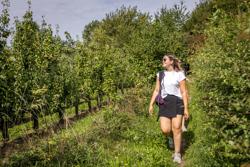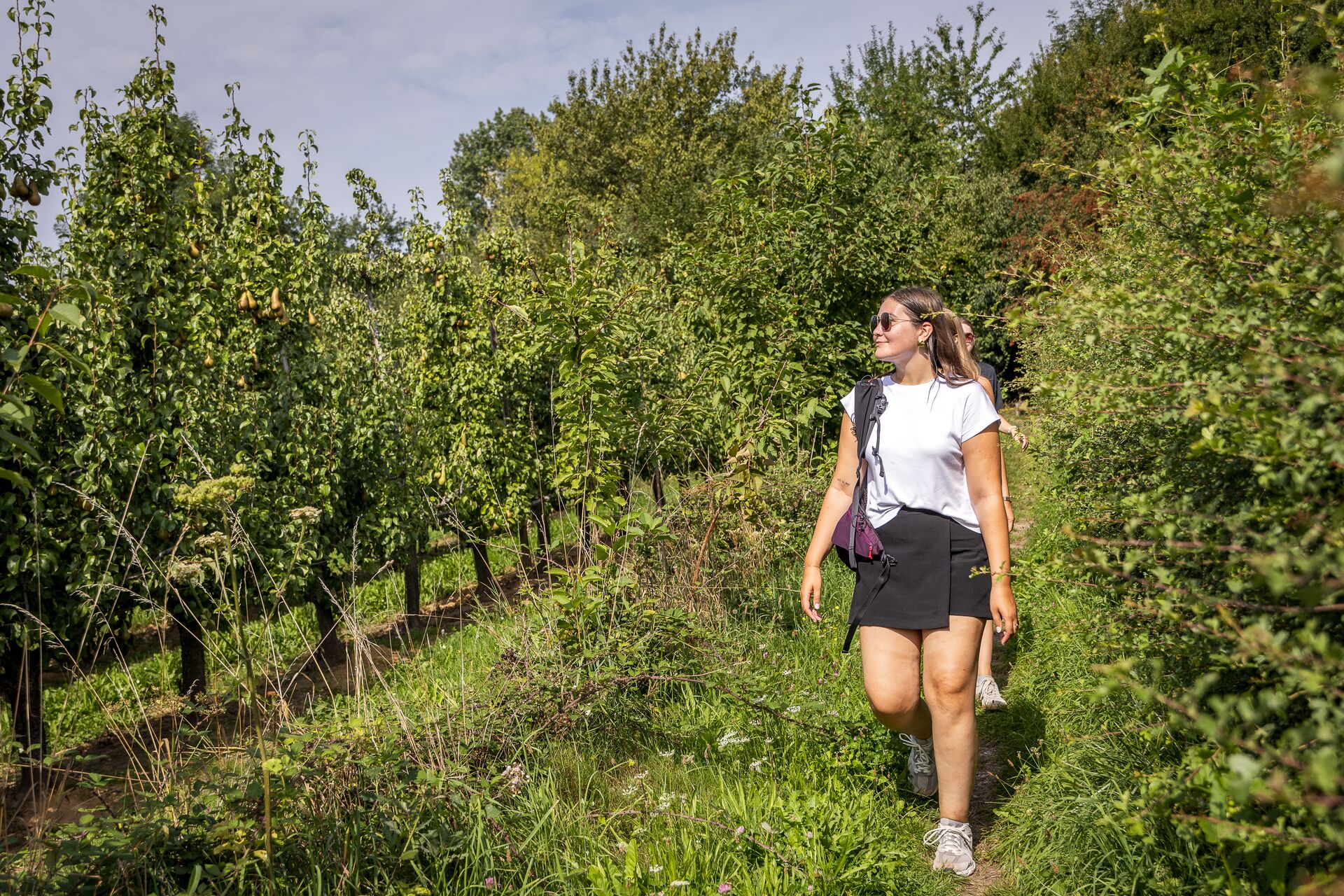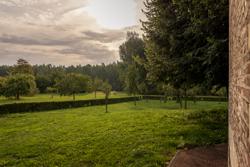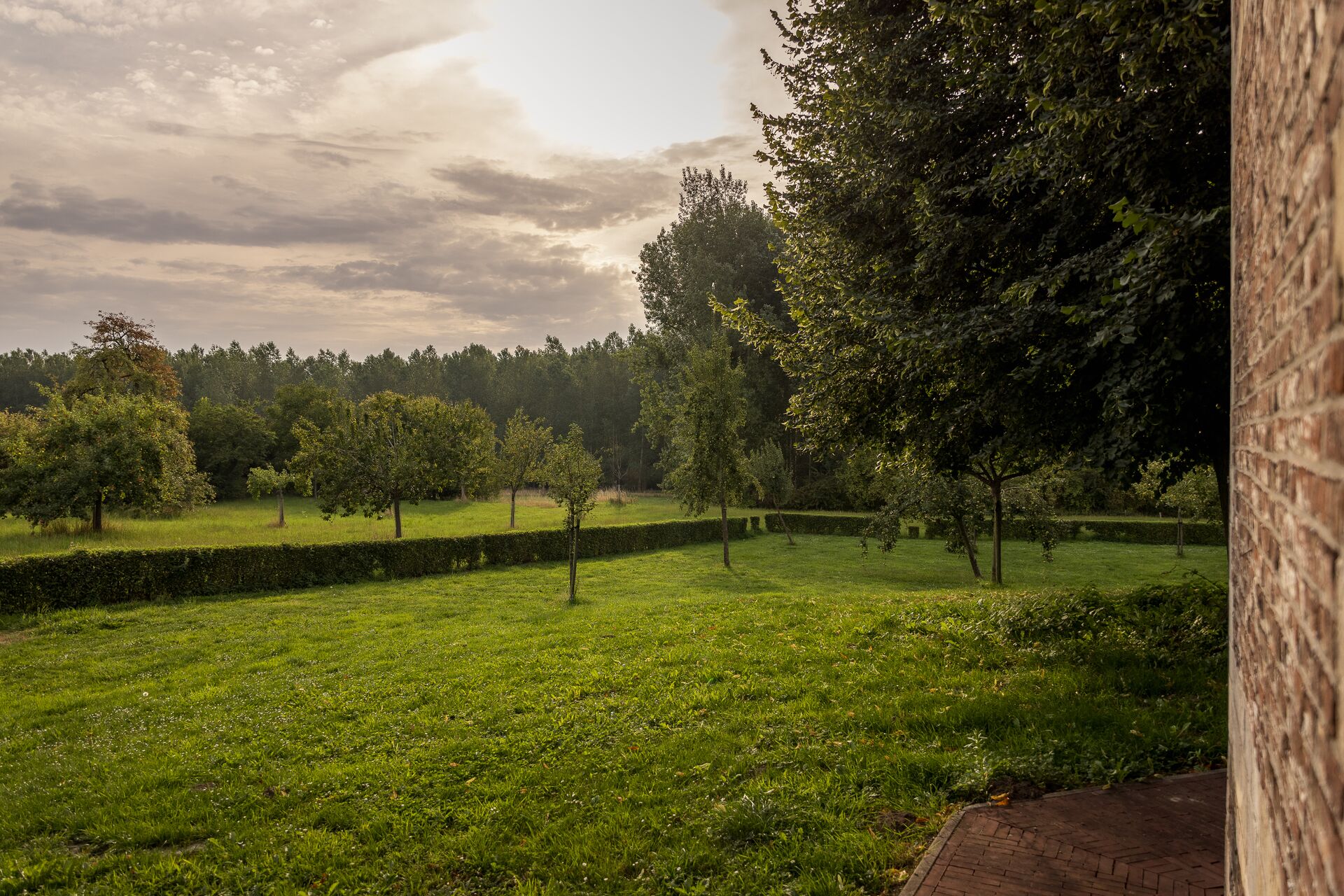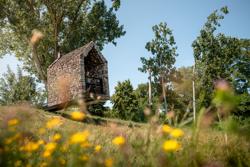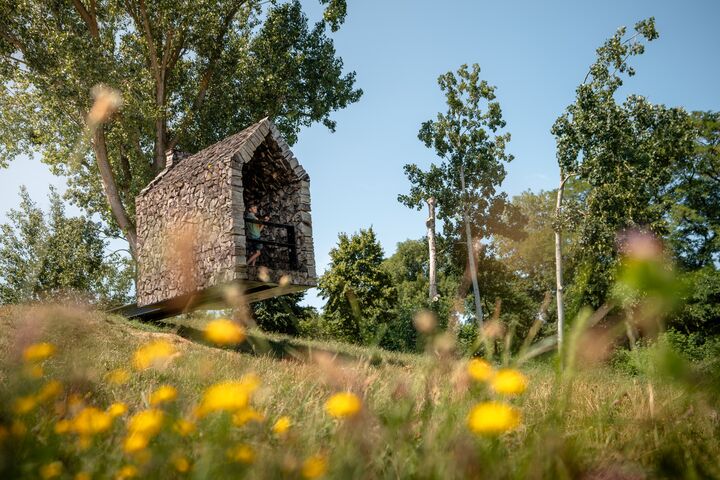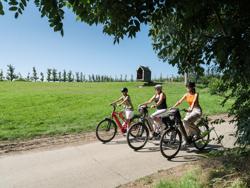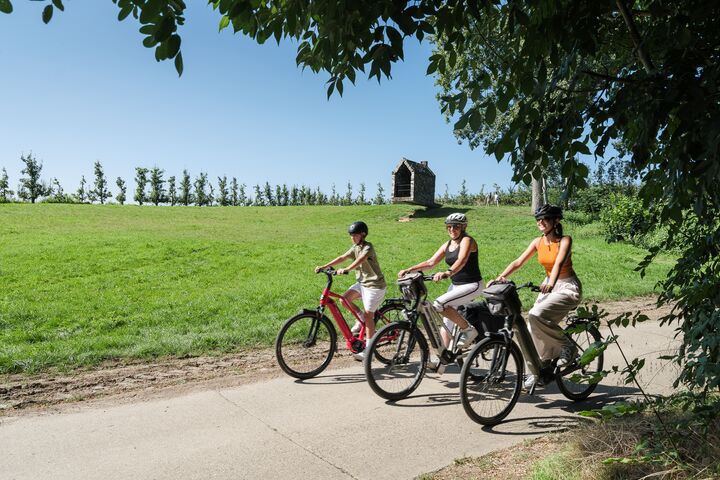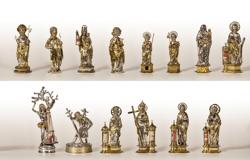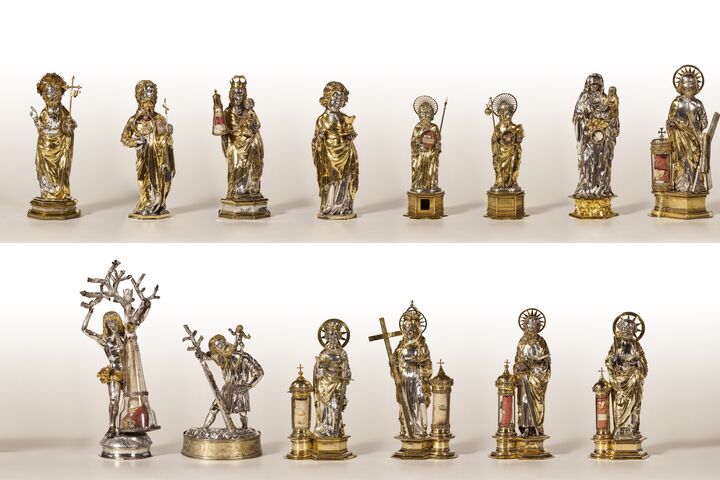Hiking in Haspengouw: Picturesque church villages
Start
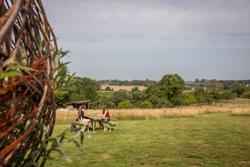
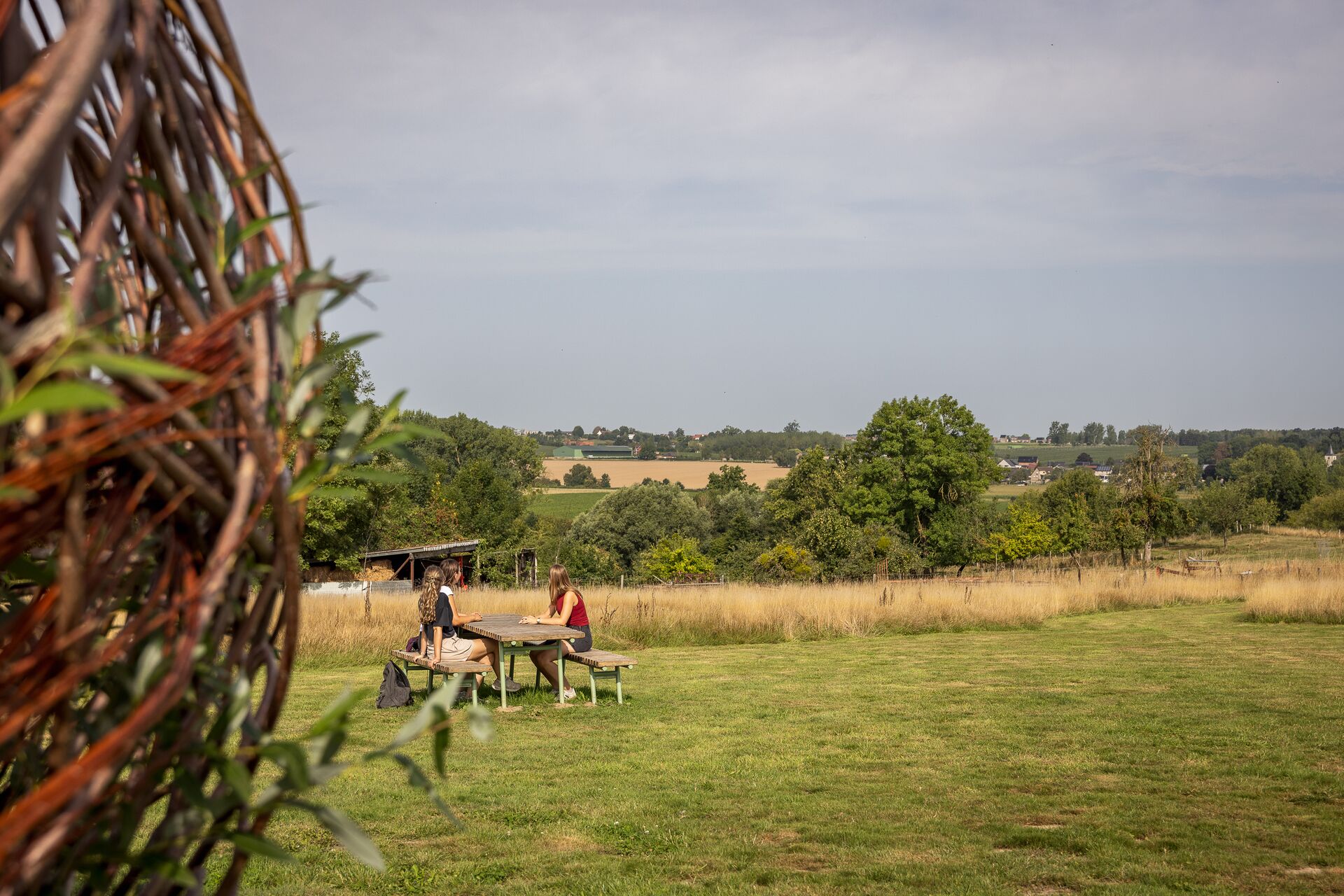
Start: Zammelen, Hasselt
Zammelen has a grand total of four streets and several historic farmsteads. We continue our walk in a green oasis. The landscape gives an immediate glimpse of the treats ahead in the Mombeek and Sint-Annabeek valleys. We wander through flowery meadows. There, hedges and copses give the biodiversity a helping hand. On the edge of the stream valley, you hear and spot the life in the pools. A delightful backdrop for this walk.
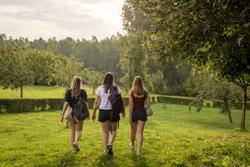
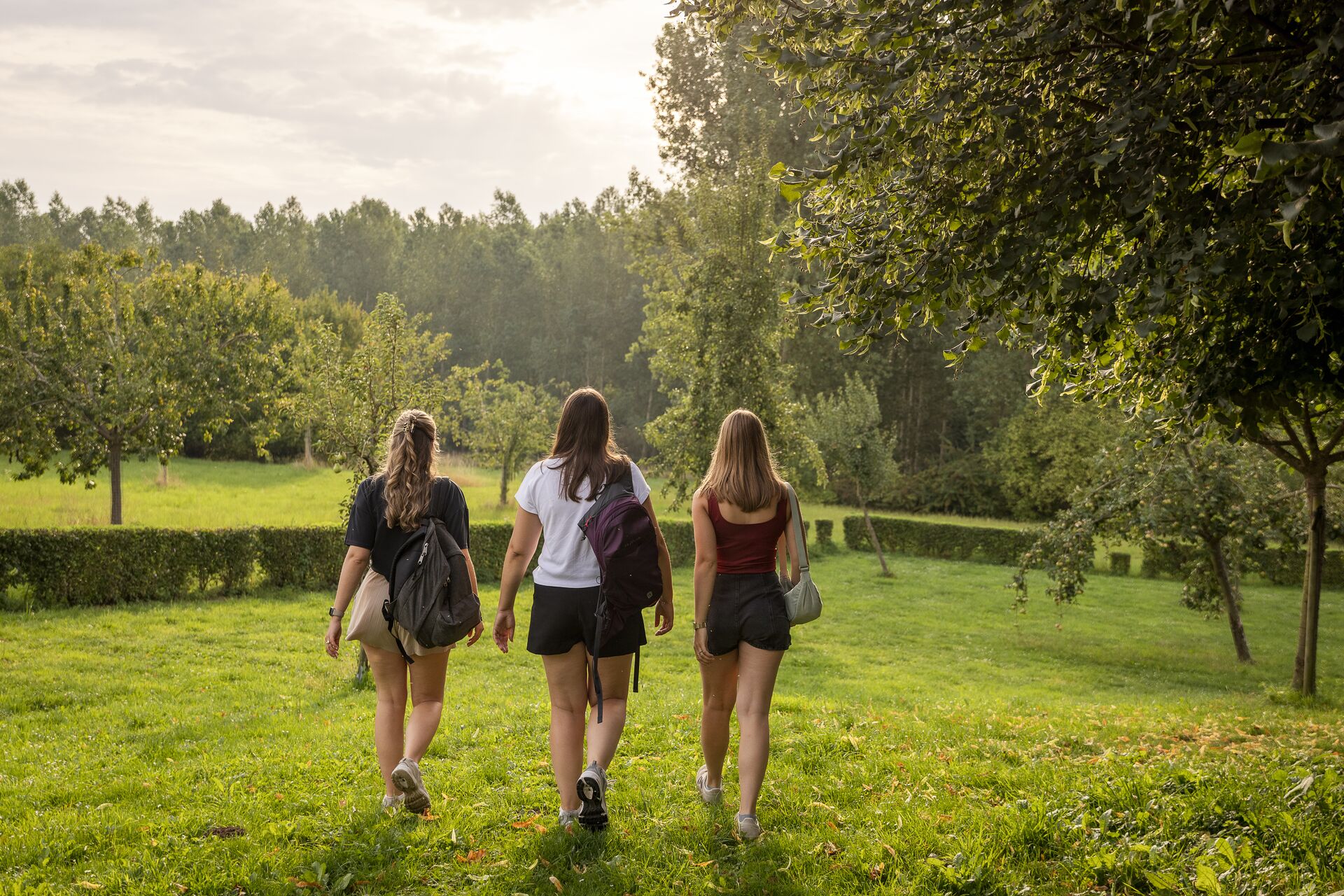
Strolling between the fruit trees
As we leave the Mombeek valley, we discover what Haspengouw is so famous for. It is the most important fruit region in Flanders and you see that immediately. Our path guides us between the tall trees in the fruit orchards. They are a hive of activity, all year round. Blossoming fruit trees attract all kinds of insects. These ensure that the fruit is pollinated. Fallen fruit is a tasty treat for badgers, hedgehogs and dormice. Hollows in the trunks of older fruit trees provide a home for little owls and woodpeckers. With a little luck, you will also hear and spot this impressive fauna during your trip.
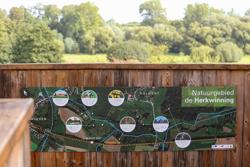
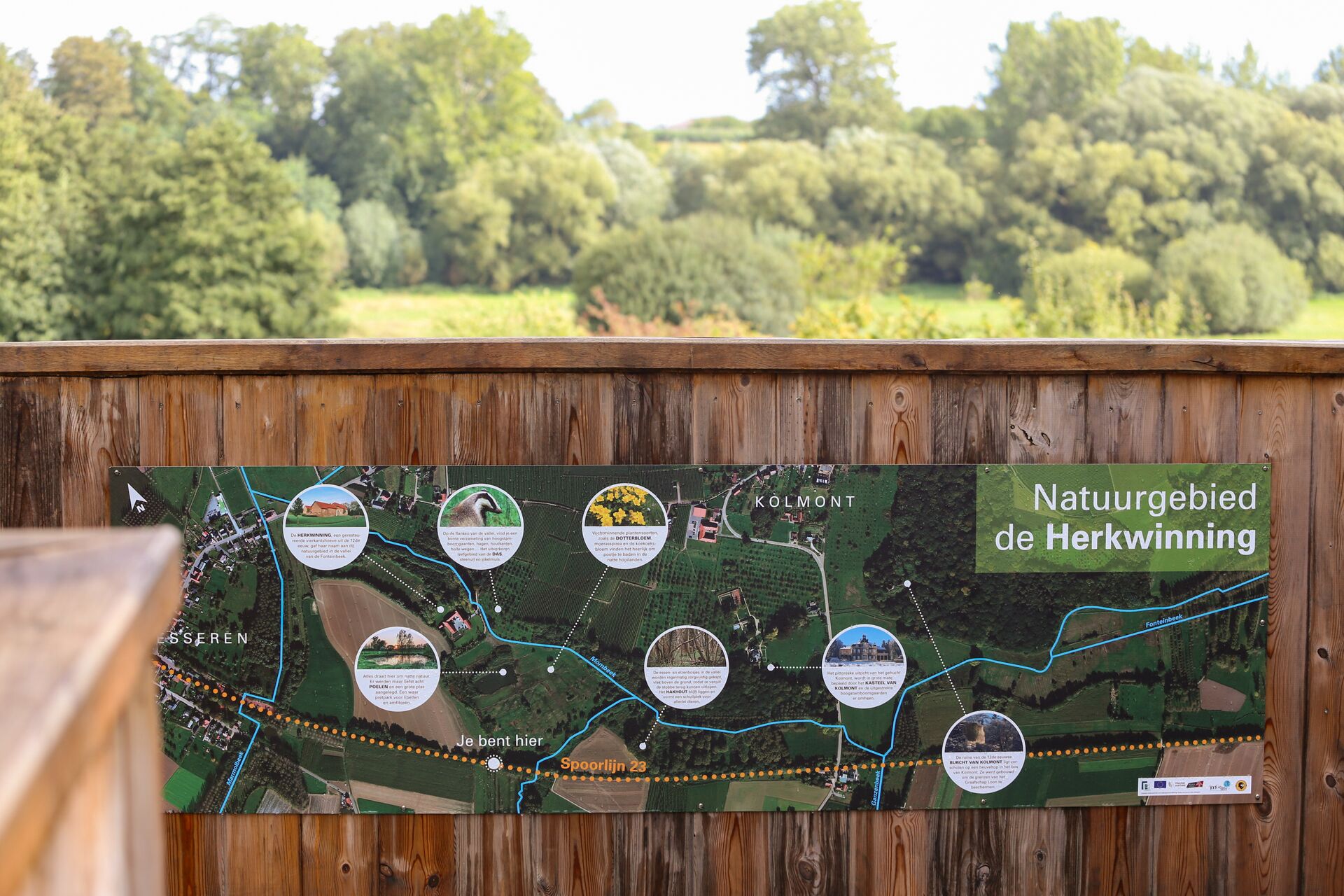
Herkwinning, water landscape with a special soundtrack
Between the green we come across a beautiful building. Herkwinning is an elegantly restored courtyard farmstead. It dates back to the 16th century and is named after this area of nature. Wet nature rules around this farmstead. The area is dominated by some eight pools and a large pond, attracting all kinds of animals and plants. You get a wonderful view of the many delights from the observation point, accompanied by a soundtrack from the marsh warbler. This songbird likes to nest here, along with other vocalists, including the garden warbler and the nightingale.
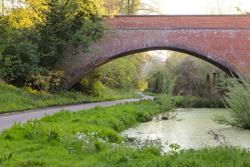
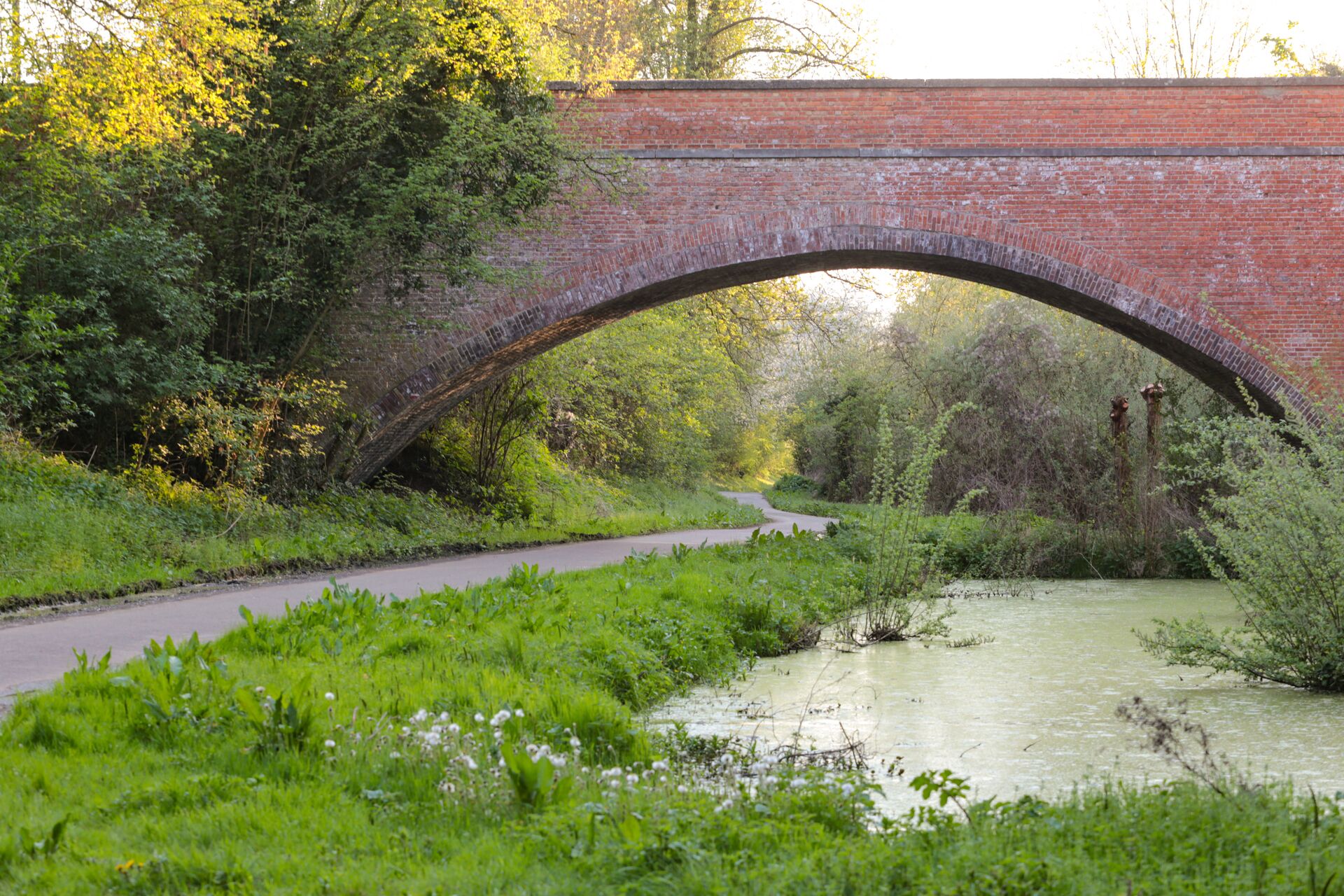
The fruit track
We have already enjoyed stunning nature, fertile orchards and the picturesque small village of Zammelen. Now, it is time for a touch of history and heritage. In 1879, a railway line was laid between Tongeren and Sint-Truiden, as the official capital of Haspengouw. This railway was used mainly for transporting fruit and sugar beet. When the track was dismantled just under a century later, a clear profile remained. Today, this is a footpath and cycling track. Sometimes it leads us well above the landscape, sometimes right down below. It is a lovely place to walk, and not only for us. For animals too, it forms an important link between various nature areas.
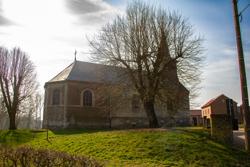
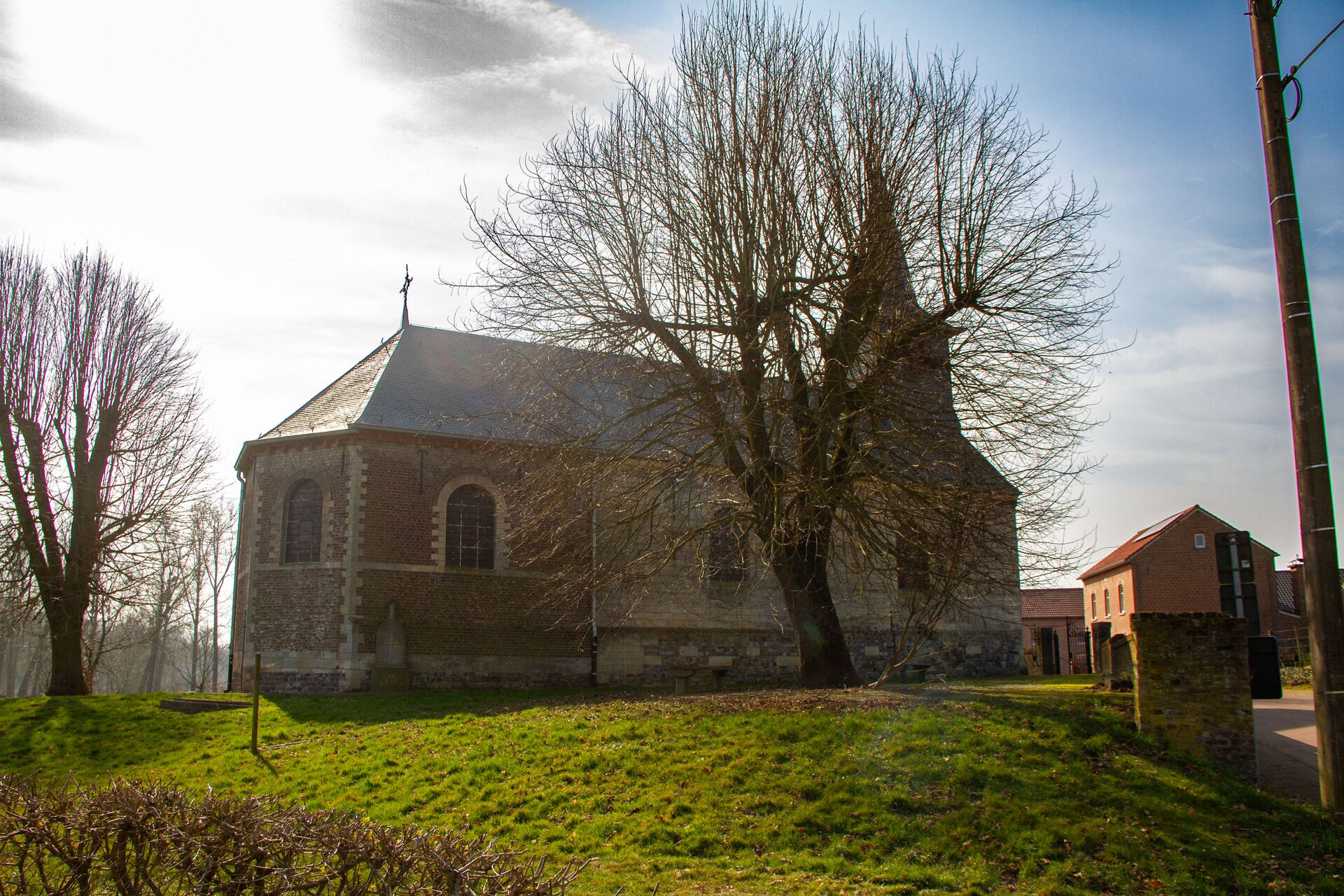
Back to the Romans
The old fruit track guides us to two beautiful small church villages. In Piringen, archaeologists and historians found traces of Roman habitation, along with remains of tumuli, the famous burial mounds from Gallo-Roman days. From there, we continue to Haren, another typical church village in Tongeren-Borgloon. Each place name gives a taste of the past. In Haren we follow a walled cemetery with some grand linden and chestnut trees and the charming church of St Peter that, since the 15th century, has been demolished, rebuilt and repaired. In the late 17th century, it received its striking facade: brick with decorative marlstone courses. Behind the church we stop briefly in the orchard with its tall trees. A lovely spot for a rest.
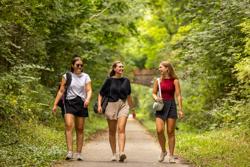
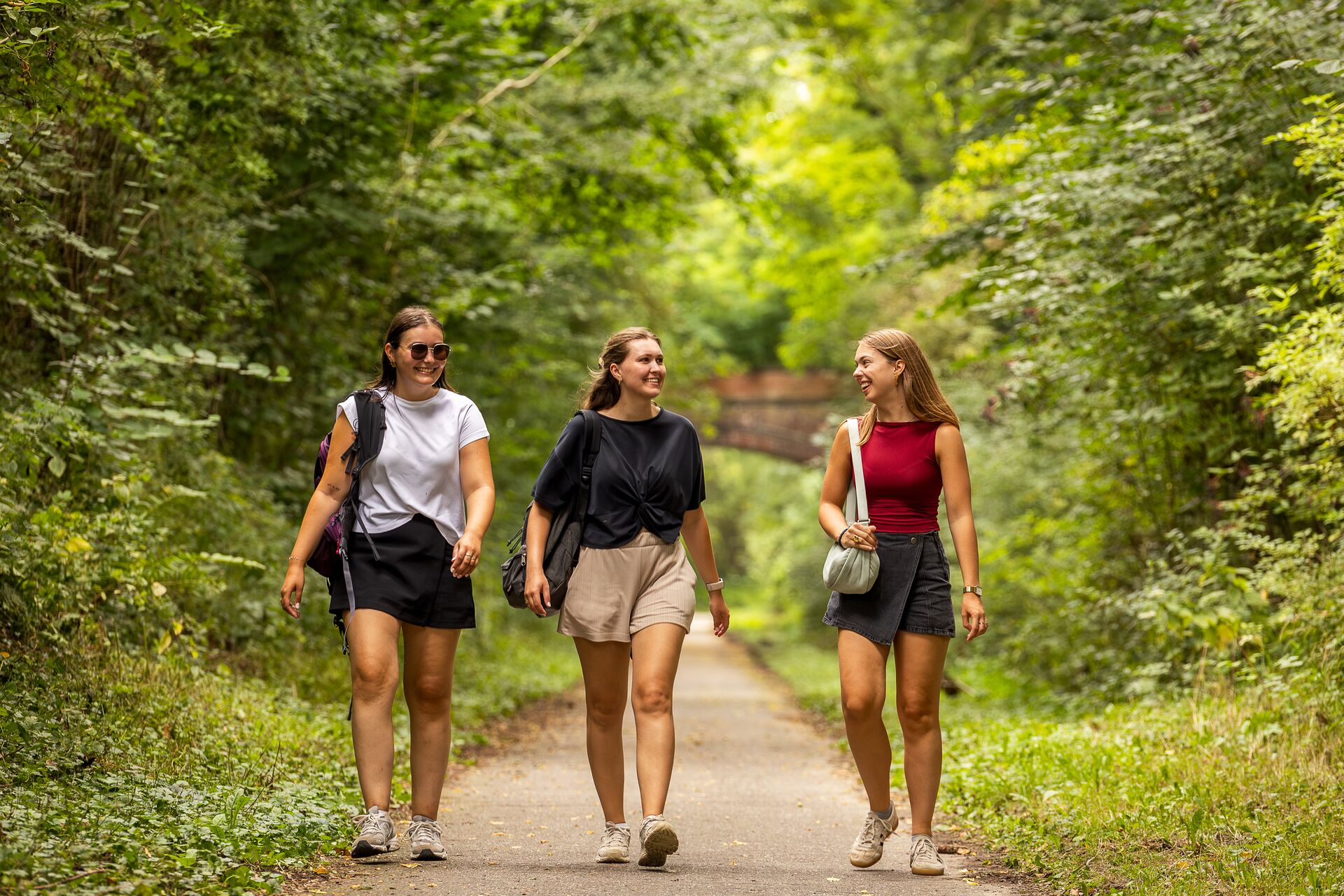
A picturesque old railway line
We continue our trail along the fruit track. This guides us to our last church village of the day: Jesseren. Once upon a time, this was an important link in the local fruit production. In 1880, a train station was built here along a railway line leading to the Grande Siroperie Limbourgeoise. This kept the former syrup factory well supplied. The old bed of the railway is now a picturesque green ribbon between the Mombeek and Herk valleys.
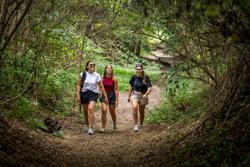
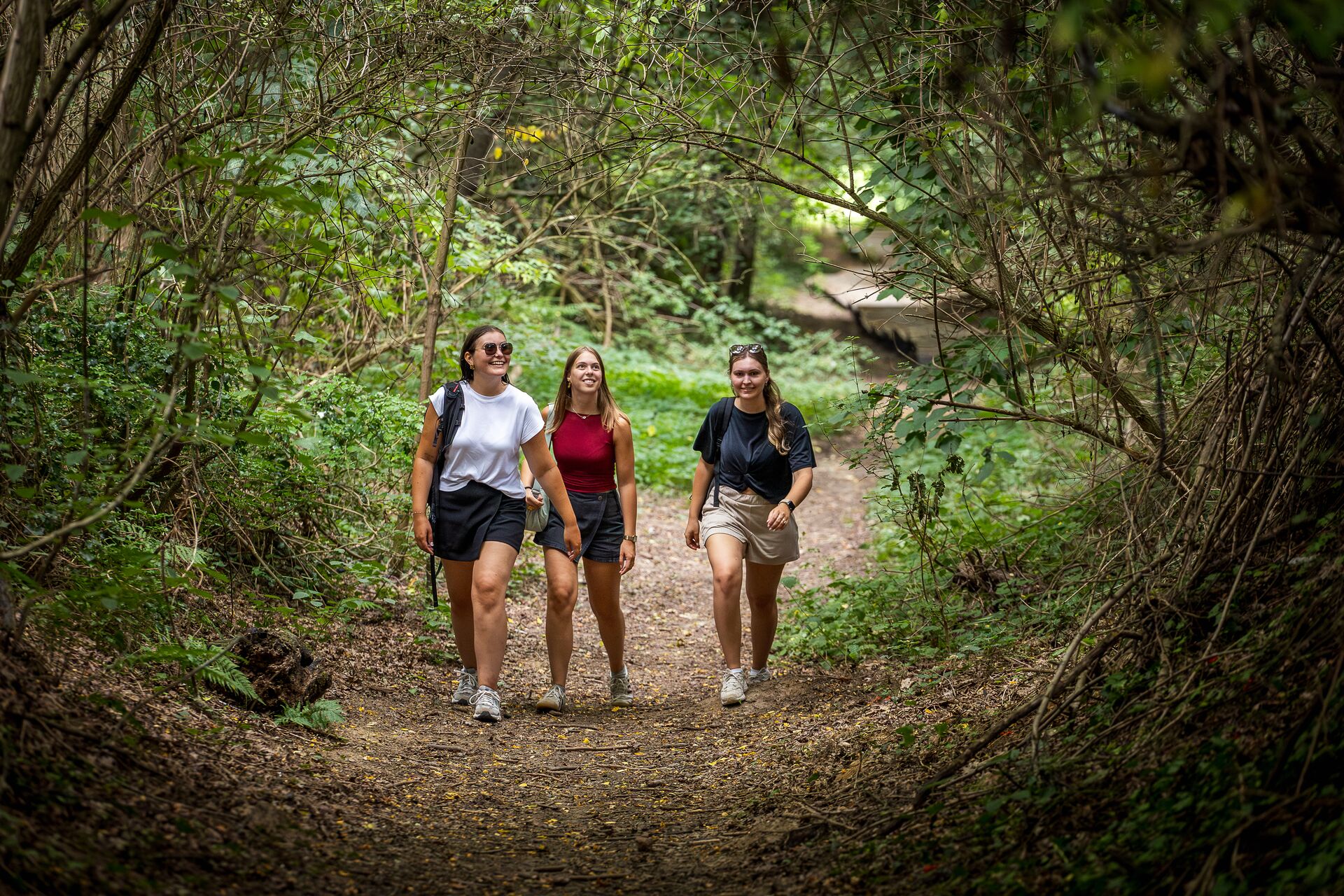
Along charming sunken lanes
For a while now, we have strolled through magnificent Haspengouw, and its nature just keeps surprising us. On this final section of our trail, we walk through a beautiful sunken lane. There are many in this region. Sunken or 'hollow' lanes occur on slopes. Erosion over the centuries (from the village in the valley to the higher fields on the plain) washes away the bed, causing the road to sink deeper into the landscape. This creates a beautiful and enchanting decor. They also play an important role in biodiversity. Along a sunken lane, you are likely to spot a badger's sett.
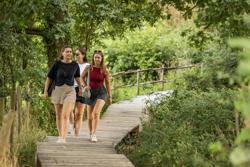
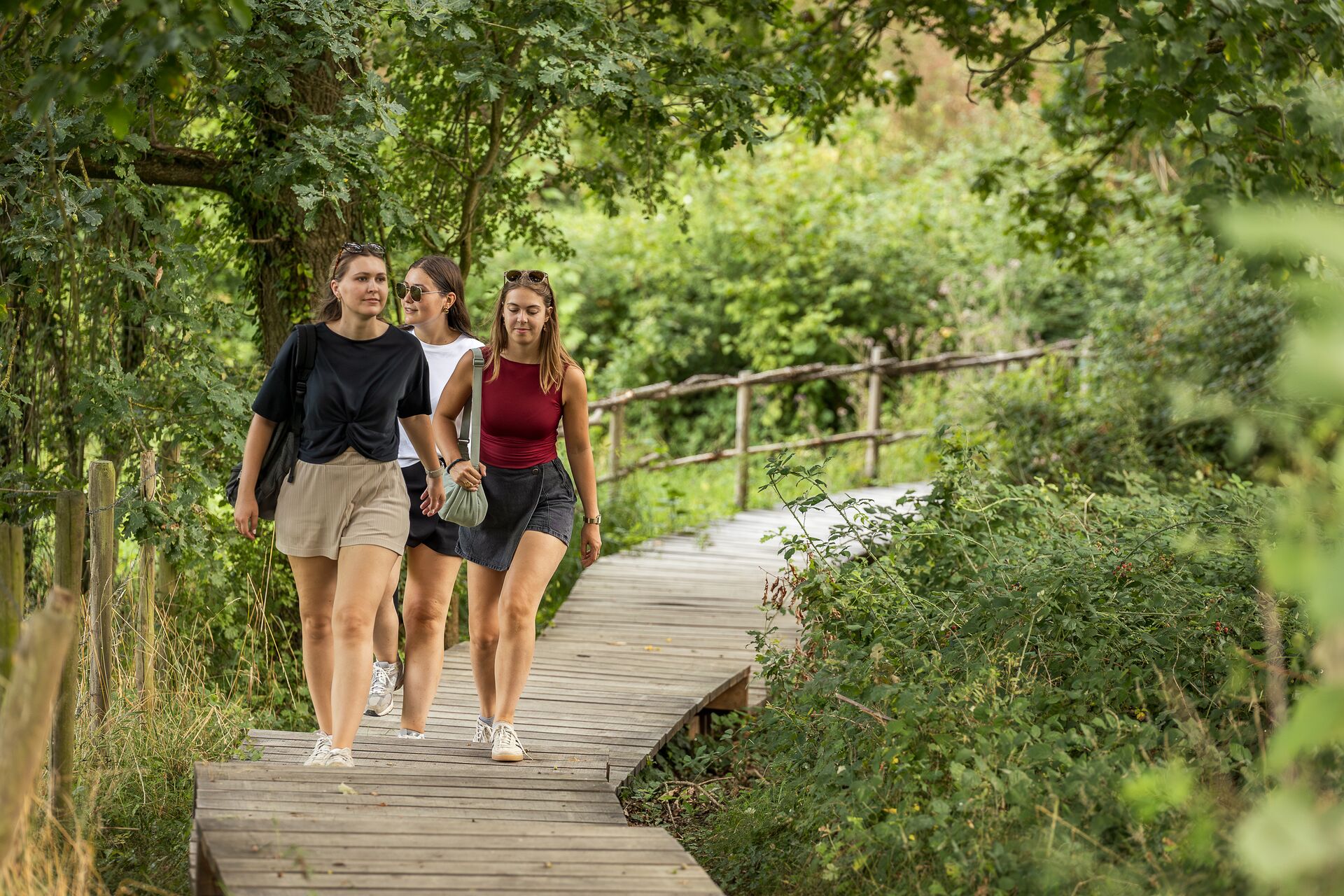
Arrival: Zammelen
Following the Mombeek valley, and a picturesque raised path or boardwalk, we return to Zammelen. There, we recall a trail centred on simple pleasures: nature, small villages, a touch of history and some heritage. We top off this adventure with another pleasure just as simple. The strawberry vending machine is calling, and who could possibly resist?
Finish
